Landscaping on a Budget: 11 Front Yard Ideas
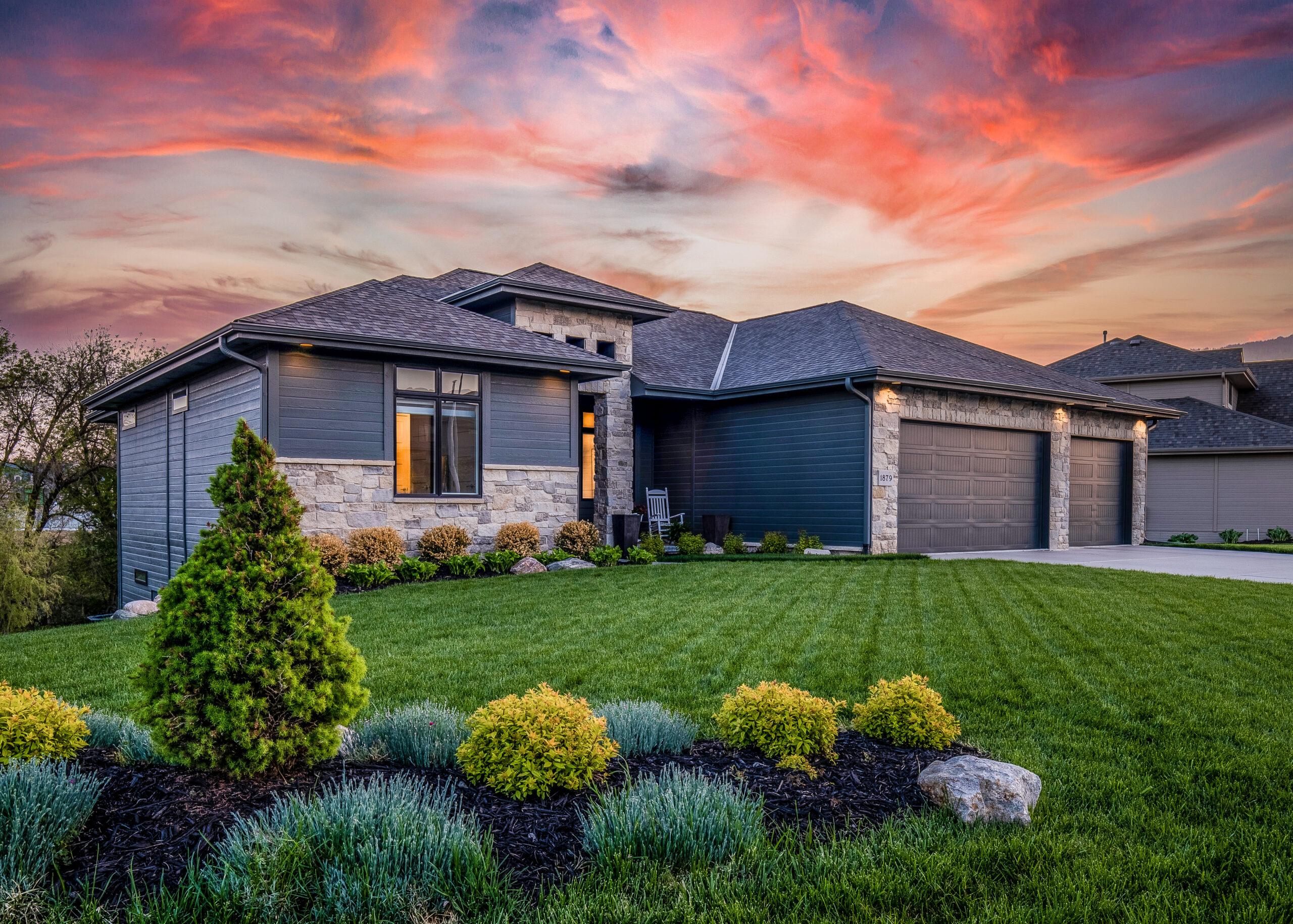
Landscaping can dramatically improve the curb appeal of your home. Yet, many homeowners shy away from it, believing it to be expensive. The good news is a beautiful, welcoming front yard does not have to break the bank. Here are eleven landscaping ideas to transform your front yard on a budget.
1. DIY Mulching
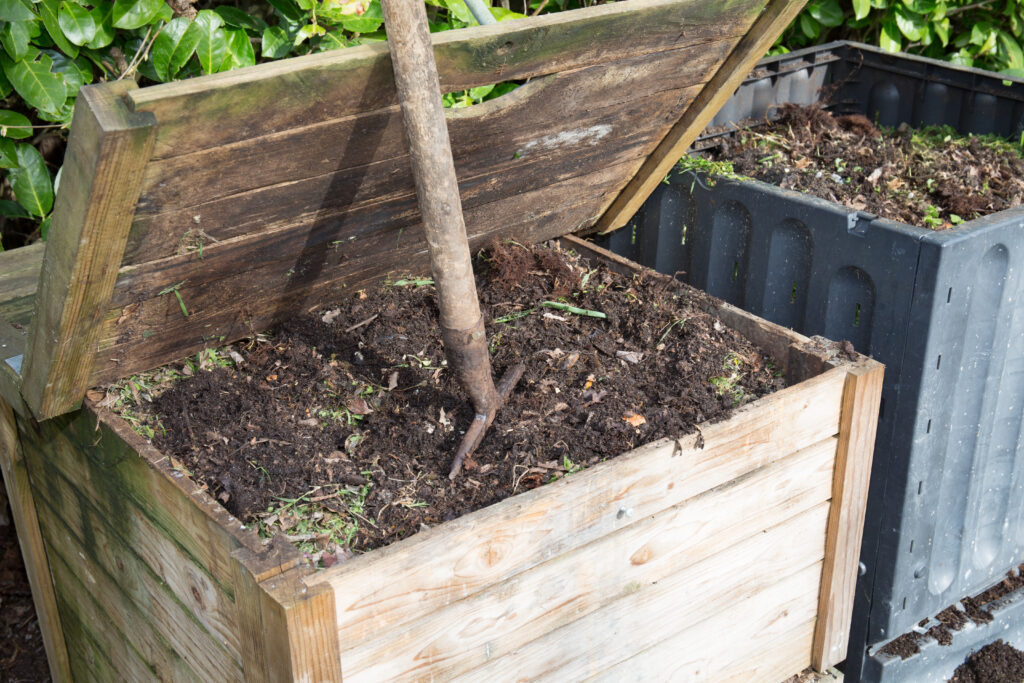
Mulch is essential to any thriving garden. Its function isn’t only to conserve moisture and maintain a neat appearance, but it also improves soil structure, prevents erosion, and creates a barrier against weeds. By making your mulch, you control the quality of the material and save costs. You can generate mulch from compost, grass clippings, shredded tree bark, leaves, or newspaper. Using these materials also helps reduce waste, making it a win-win for you and the environment.
2. Plant Perennials
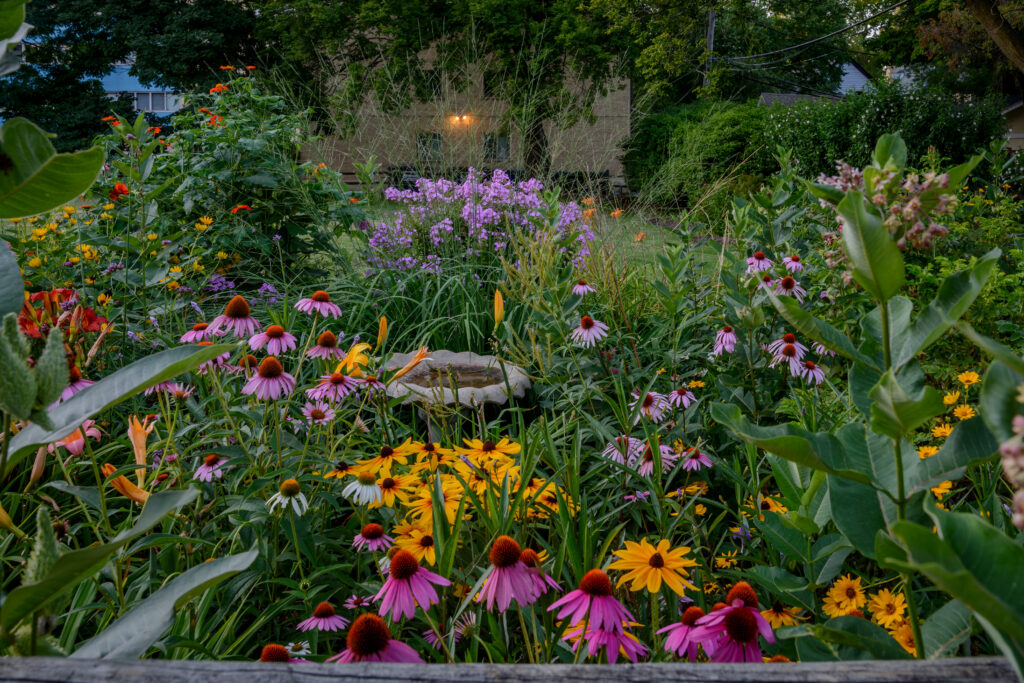
Perennial plants are an economical and time-saving option for your front yard. They live for more than two years, regrowing every spring without replanting. There is a vast selection of perennials from which to choose, with options to suit every climate, soil type, and aesthetic. Flowers like lavender, coneflower, daylilies, or Russian sage add vibrant color and texture to your yard and are low-maintenance and drought-resistant. Despite a higher upfront cost than annuals, the long-term benefits and savings make perennials a smart choice.
3. Native Plantings

One secret to cost-effective landscaping is selecting plants native to your area. These plants have adapted to the local climate and soil conditions, requiring less care than exotic species. They need less water, fewer fertilizers, are more resistant to local pests, and often attract beneficial pollinators. Check with your local cooperative extension or native plant society to identify plants suitable for your area. They can also advise on how to care for these plants, ensuring they thrive in your front yard.
4. Invest in Young Plants
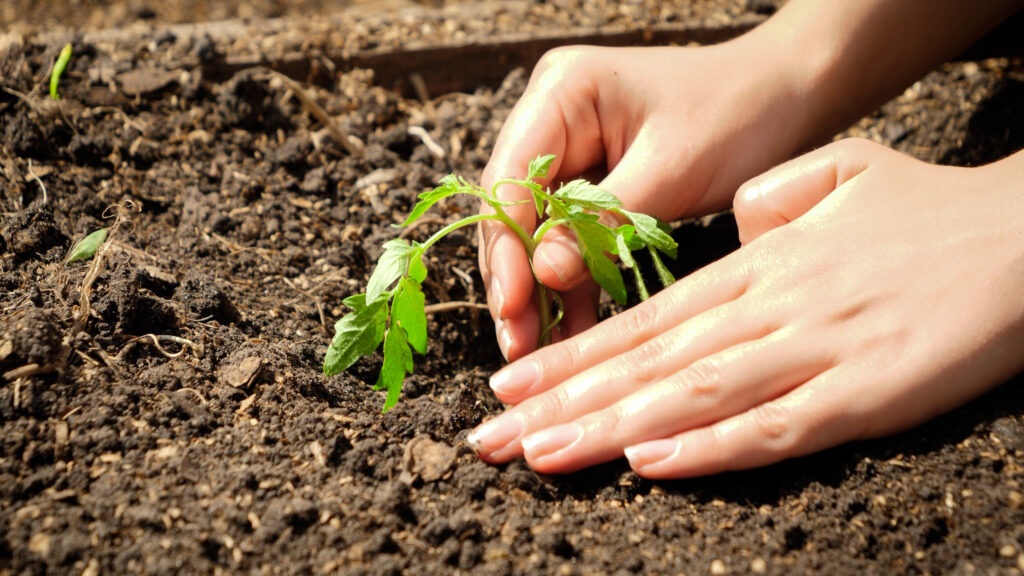
While mature plants provide an immediate aesthetic boost, they can be costly. On the other hand, young, smaller plants are cheaper and can easily adapt to a new environment. They might not give instant gratification, but with patience, these small plants will grow and flourish, filling your space with natural beauty. Regular watering and proper care are vital in the initial stages. With time, you will see a rewarding transformation in your garden landscape.
5. Create a Gravel Pathway
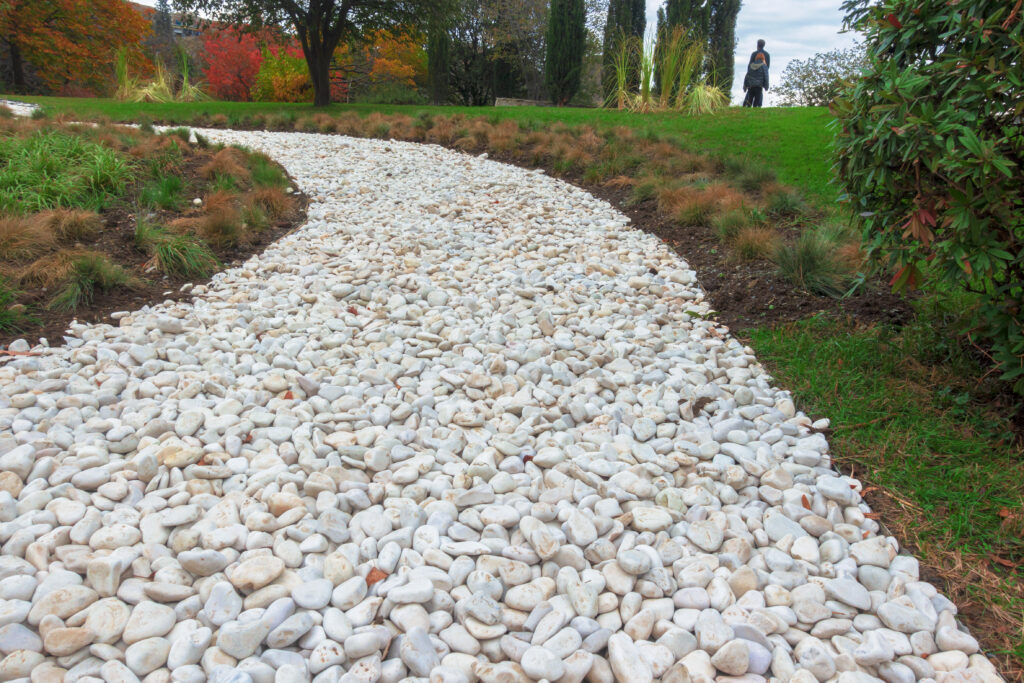
A gravel pathway is a cost-effective way to add structure to your front yard. Gravel is cheap, easy to install, and comes in various sizes and colors, providing great design flexibility. Add stepping stones or border the path with flowers or lights to create an appealing pattern. A gravel path can be both functional and decorative, guiding visitors to your front door or around your garden and enhancing the overall curb appeal of your home.
6. Repurpose Found Items
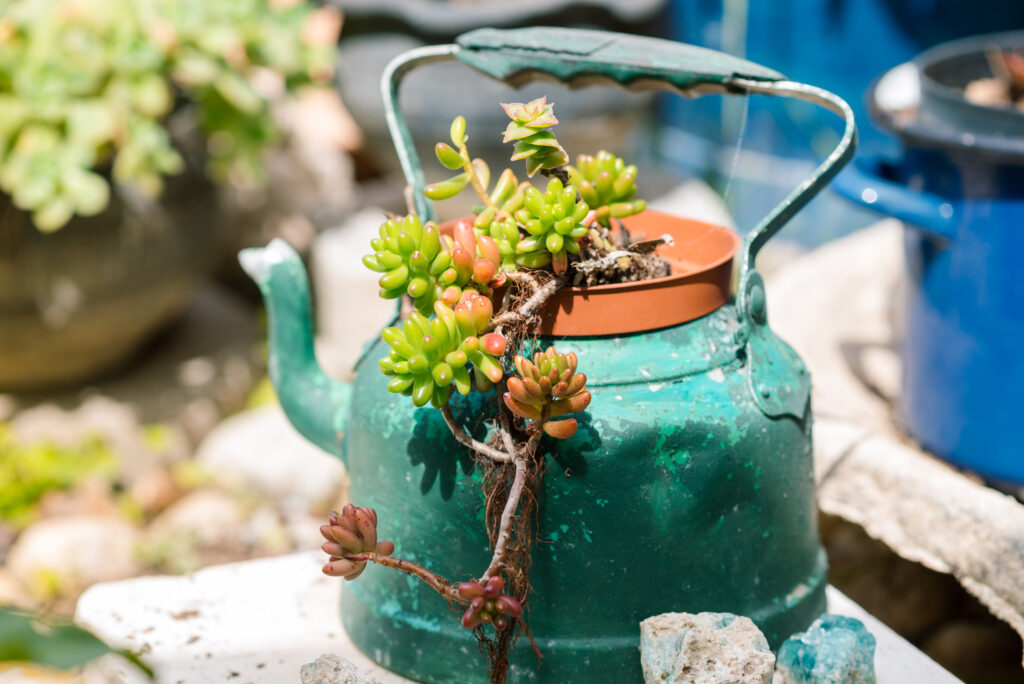
Creating a unique and personal garden space doesn’t require much money. You can create interesting features in your garden by repurposing items you already have. Old tires can be painted and turned into unique planters, an unused ladder might transform into a vertical garden, and a chipped teapot could become a quirky birdfeeder. This approach is not only cost-effective and environmentally friendly, but it also adds a personal touch and whimsy to your garden.
7. Install a Rain Garden
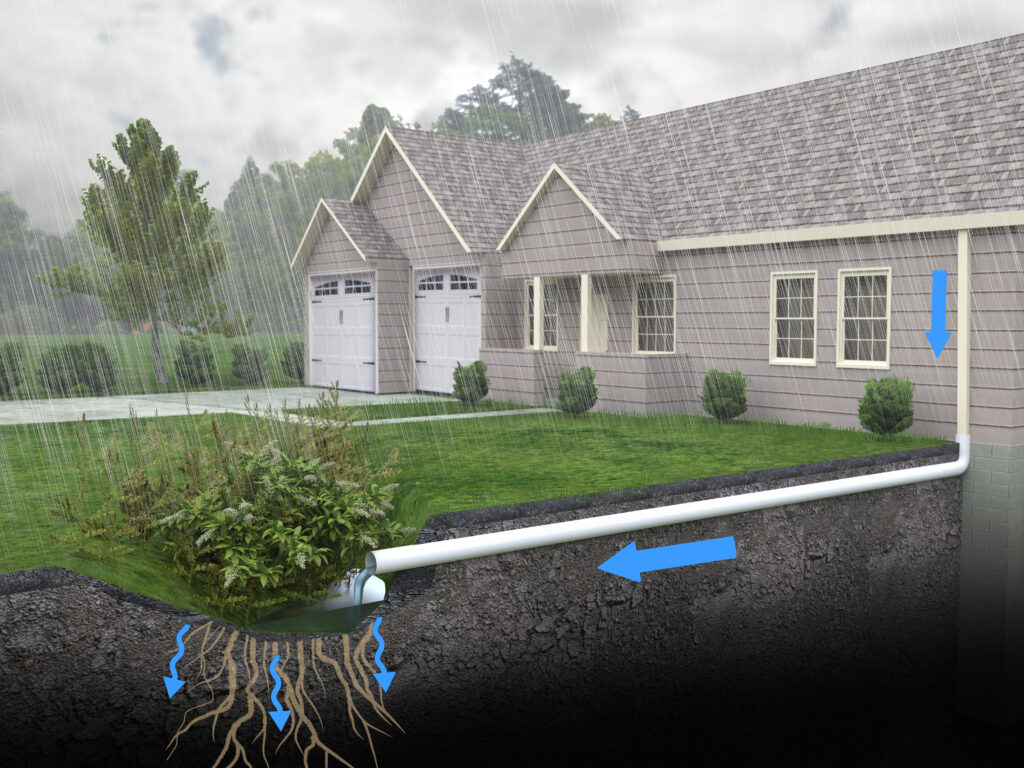
A rain garden could be the perfect solution if you have areas in your yard where water tends to pool or a slope that causes runoff. Rain gardens are designed to divert and use rainwater runoff, preventing soil erosion and protecting water quality. They can be filled with beautiful, water-loving plants that thrive in your local climate. Also, the plants, rocks, and mulch used in a rain garden filter and absorb the water, creating an eco-friendly and attractive landscape feature.
8. Use Ground Cover to Suppress Weeds
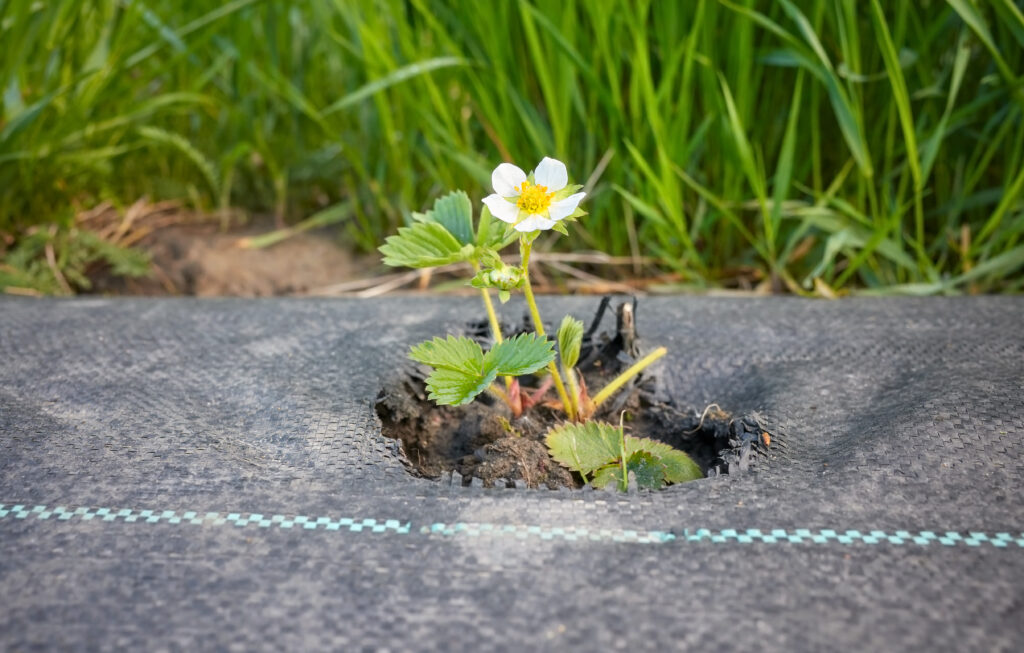
Another cost-effective strategy to consider is planting ground cover plants. These low-growing plants spread across the soil surface, suppressing weed growth, reducing soil erosion, and adding texture and color to your garden. Ground cover plants like creeping thyme, sweet woodruff, or periwinkle are excellent choices. They require little maintenance, look attractive year-round, and sometimes offer a lovely fragrance when crushed underfoot.
9. Construct a DIY Fire Pit

Creating a fire pit can provide an inviting focal point in your yard. Constructing a fire pit doesn’t have to be expensive – a simple pit can be dug into the ground and surrounded by recycled bricks, stones, or concrete pavers. This addition provides a place for friends and family to gather and extends the use of your garden into the cooler months. Consider local regulations and fire safety precautions to ensure your fire pit is built and used safely.
10. Make Your Own Compost
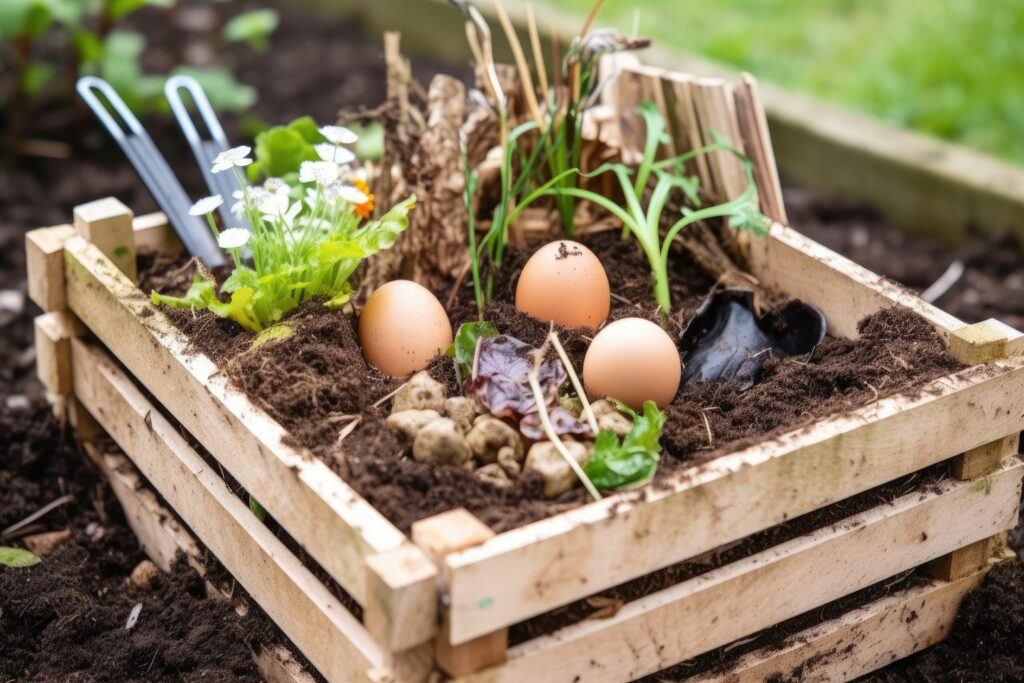
Composting is an excellent way to recycle kitchen and garden waste into a rich soil conditioner, saving money on commercial fertilizers. Composting at home reduces the volume of waste going to the landfill, reduces the need for chemical fertilizers, and creates a nutrient-rich soil additive that promotes plant growth. Almost any organic material is suitable for a compost pile, including vegetable scraps, coffee grounds, grass clippings, leaves, and small pruned branches.
11. DIY Drip Irrigation
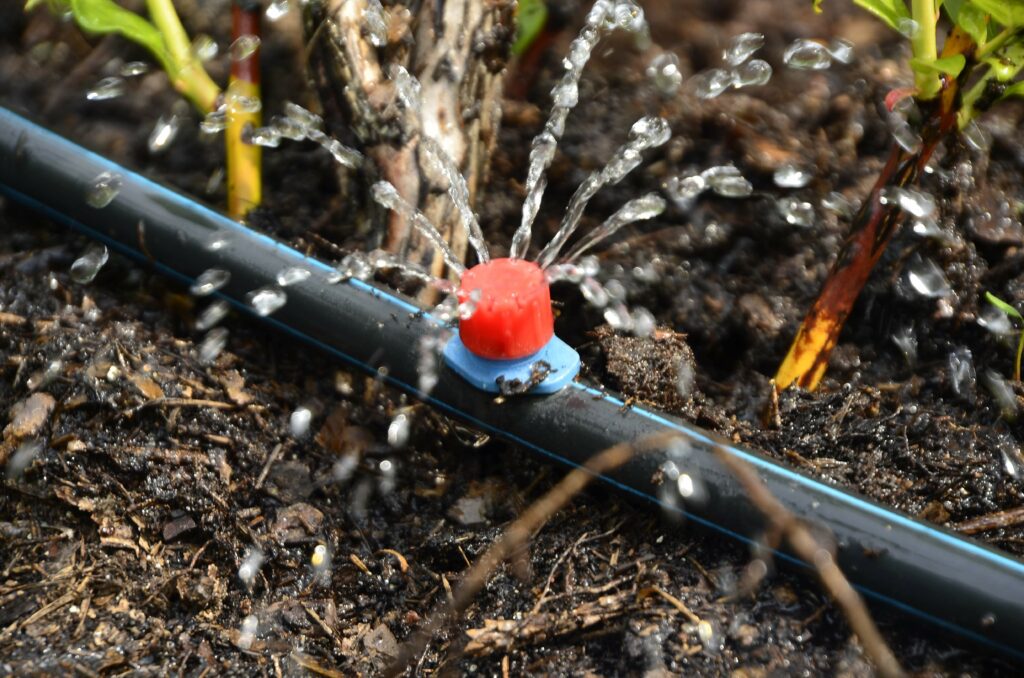
A drip irrigation system can be water-efficient and cost-effective for watering your garden. These systems deliver water directly to the plant’s root zone, minimizing evaporation and water runoff. You can create a simple DIY drip irrigation system using affordable materials like PVC pipes, old garden hoses, or soaker hoses. Drip irrigation systems are easy to install, save time on watering, and help maintain optimal soil moisture levels, promoting healthier plants and saving money on your water bill.
The key to landscaping on a budget is creativity. Look for materials you already have, choose plants wisely to reduce maintenance, and don’t be afraid to roll up your sleeves and do it yourself. Landscaping is a dynamic process, and your garden can evolve. Start small, and before you know it, you’ll have a front yard that boosts your home’s curb appeal and makes you proud.